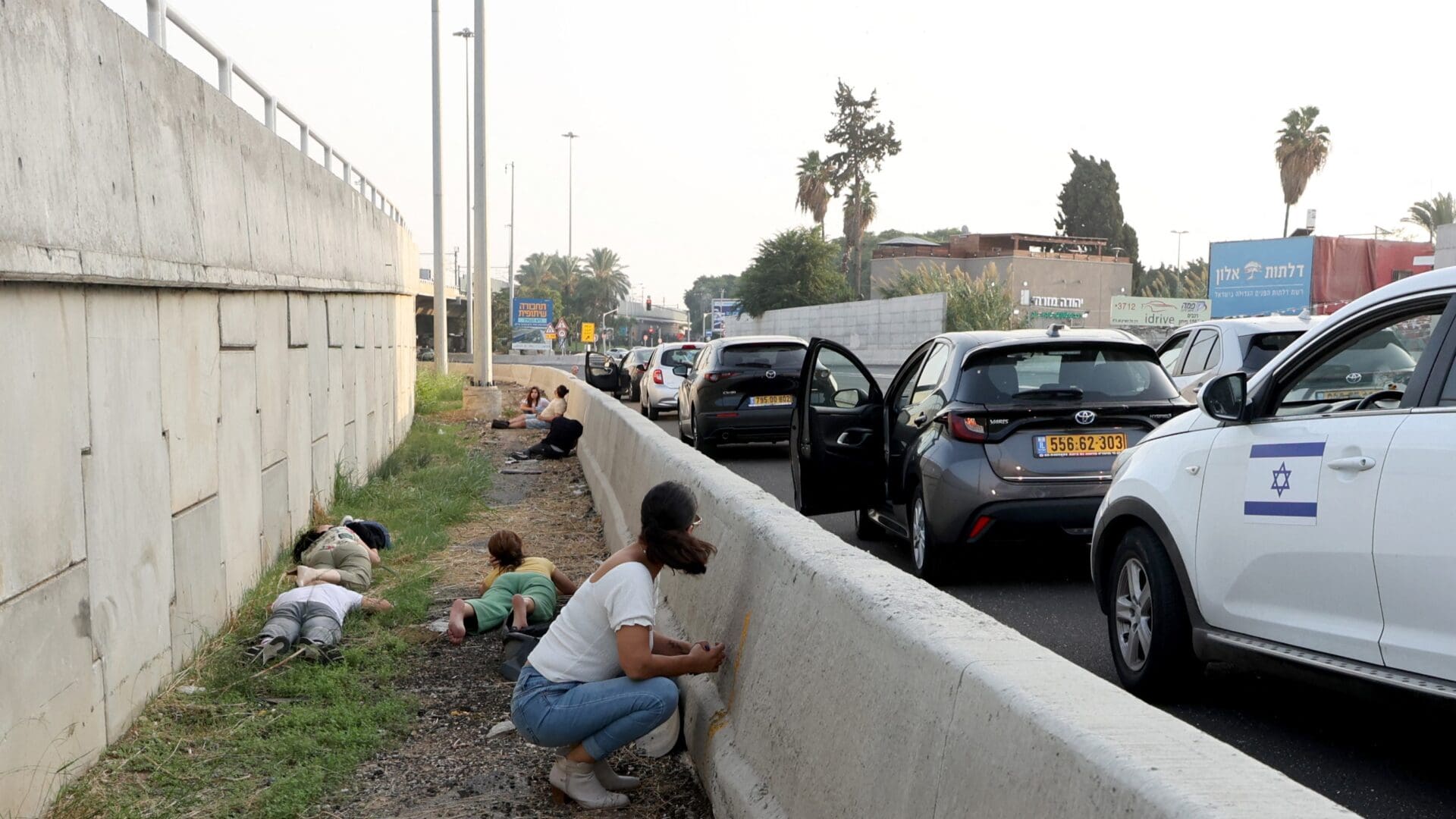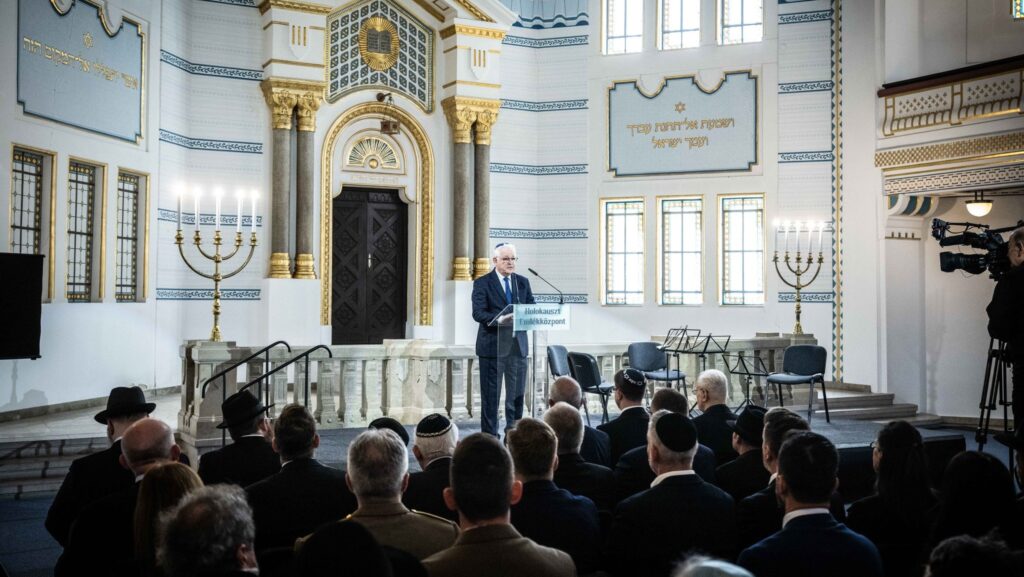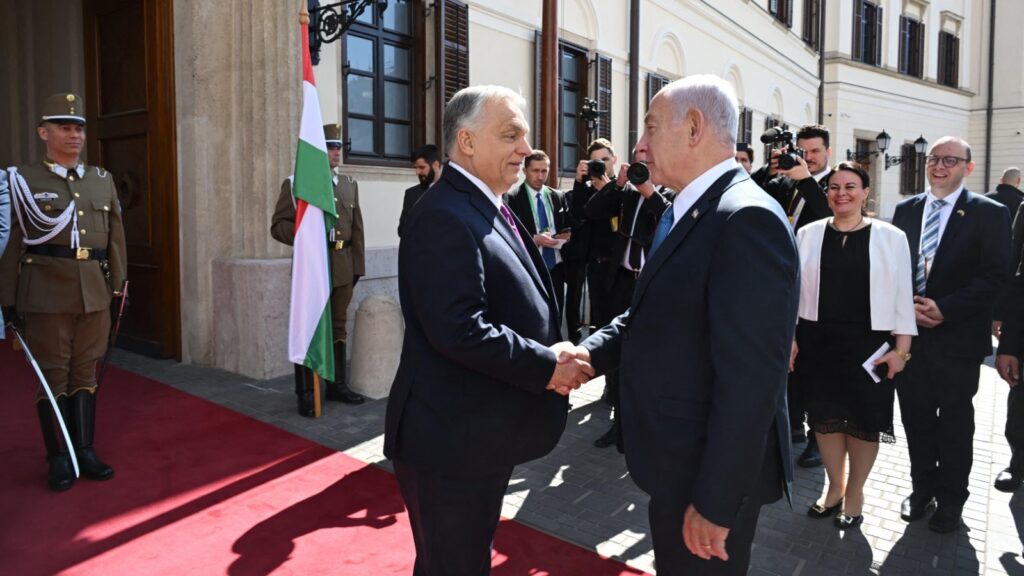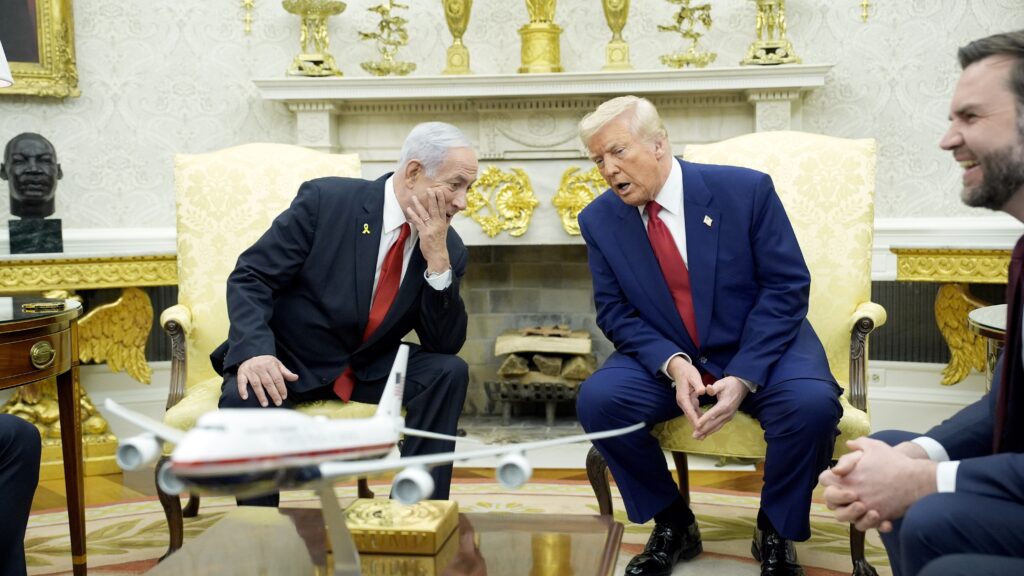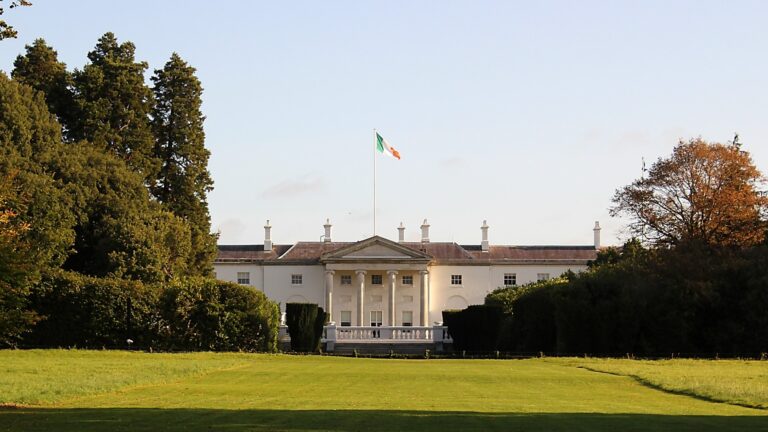The sudden and cruel terrorist attack on Israel by Hamas surprised both the Jewish state and the world. It is easy and justified to blame the whole assault on pure hatred and barbarism. It is also easy, although in a more callous way, to shift the blame on Israel, portraying it as an ‘apartheid’ or ‘settler colonialist’ state, as done by many Western leftists. However, to understand the motives behind this bespoken massacre, it is important to look at the perpetrator itself in more depth.
Hamas has been playing a more and more important role in the Arab-Israeli conflict ever since, in 2007, it wrestled control over the Gaza Strip from the Palestinian Authority. With its rocket attacks, Hamas spearheads the assault on Israel. It is backed by Iran, the most important state ally of anti-Israel forces (styling themselves as the ‘Axis of Resistance’) in the region. Thus, its roots and ideology cannot be ignored in an analysis of the region and the conflict.
Formative Years
The name of the terrorist organization, ‘Hamas’, is an acronym for ‘Islamic Resistance Movement’ in Arabic. It was founded by militant activist Ahmed Yassin in 1987. In the 1970s, the Palestinian Liberation Organization (PLO), led by Fatah, had monopoly in Palestinian politics, with the ideology of Arab and Palestinian nationalism, secularism, and socialism. As opposed to them, and also as an alternative, Hamas grew out of the Muslim Brotherhood, and Yassin’s religious charity organization, which was aligned with the brotherhood. Surprisingly, the Islamists were initially the more peaceful ones. While the secular nationalists, like Fatah, waged war on Israel, Yassin preferred cultural and religious revival to strengthen Palestine and its identity. However, his outlook changed in the late 1980s, and that called Hamas to life. Israeli authorities initially tolerated, or even welcomed it, since they expected the infighting to weaken the Palestinian militants. Israel also treated Yassin lightly; when the authorities found weapons at his organization’s compound in 1984, he was only detained briefly, since these arms were aimed against Fatah, not Israel.
Hamas, as a fully formed and armed terrorist organization, took its first actions during the First Intifada (1987–1993), when its terrorists abducted Israeli soldiers. When, in October 1990, Israeli soldiers fired into a crowd of Palestinian protesters at the Temple Mount, an event that came to be referred to as Black Monday, Hamas declared ‘Jihad’ on the Israeli army, intensifying their abduction operations. Hamas also formed its armed wing, the Al-Qassam Brigades. As a response, Israel exiled many of their leaders to Lebanon. However, these agents used the situation to their own advantage, taking up contact with Hezbollah, a fellow Islamist (although Shia) terrorist group, backed by Iran, Hamas’ own future benefactor.
it was Hezbollah that trained Hamas members to build and use suicide vessels.
In April 1993, Hamas conducted its first suicide bombing at the Mehola Junction in the West Bank, blowing up a bus that transported Israeli soldiers. Terrorists of the group also threatened and killed Palestinians, who cooperated with Israeli authorities, as well as ‘deviants’, for instance, drug dealers and prostitutes. During these years, Hamas lived in the shadow of the larger and yet more militant Fatah. However, since the secularists were slowly moving toward a compromise with Israel, the appeal of Hamas grew stronger. Many Palestinians saw them as the ones who carried forward the original goals of Fatah, since Hamas called for restoring Palestinian control over the full territory of the former British mandate of Palestine, and for destroying the State of Israel. By the early 1990s, 13 per cent of Palestinians supported the Hamas.
The 1990s and the Second Intifada
The so called ‘Hebron massacre’ was a watershed for Hamas. In 1994, a fanatical Jewish settler approached and killed Palestinians indiscriminately in Hebron. Hamas used the incident as an excuse to declare that there is no difference between the Israeli military and civilians. Thus, leaders of the group announced that Hamas would from then on attack civilian targets too. In practice, it mainly meant the widespread use of suicide bombs to carry out terrorist attacks in Israel. As early as in 1994, a terrorist blew himself up near a bus stop in Afula, killing many Israeli civilians. In fact, suicide bombings and similar terrorist attacks were the main activity of the group in these years. This led to an Israeli onslaught on Hamas, which usually manifested in targeted killings of their leaders.
In the late 1990s, Jordan also banned and exiled Hamas from its territory,
not least at the specific request the Palestinian Authority. Discord between Hamas and Fatah grew, since during the 90s, Arafat tried to negotiate with Israel, resulting in the Oslo Accords, among other things. However, Hamas was keen on frustrating the peace process, as their aim was, as it is today, the total destruction of Israel.
The Second Intifada (2000–2005) slightly changed the tactics of Hamas, and definitely transformed its place among the many Palestinian militant groups. This conflict started in September 2000, when Ariel Sharon visited the Temple Mount. Jewish presence near their most sacred place always being anathema to Muslims, Palestinian protesters hurled stones toward Sharon, and, in turn, were gunned down by security guards. The ensuing uproar led to violent protests by Palestinians, which widened into a war during the same year. Hamas naturally committed itself to violent struggle. Its members perpetrated more suicide bombings than before. However, for the first time in their history, Hamas was also engaged in open, armed combat.
Consequently, their support rate grew among Palestinians, approaching 20 per cent.
The 2006 Election and Today’s Hamas
During its early phase, Hamas boycotted Palestinian electoral politics, however, the group decided to participate in the 2006 election, which it won with great majority. As opposed to open Islamism, Hamas ran on a platform of clean governance, since the Fatah-dominated Palestinian government was notoriously corrupt. Furthermore, the election came after Israel evacuated the previously occupied Gaza. Hamas quickly claimed credit for it, arguing that their violent ‘resistance’ campaign achieved this. Since Western powers did not recognize the victory of Hamas, and Fatah was reluctant to hand over power to them, clashes erupted in 2007 between the two factions. As a result, Palestine was divided. Fatah preserved its rule over the West Bank, and its de jure control of the Palestinian National Authority, while Hamas took over Gaza.
From Gaza, Hamas started launching frequent violent attacks against Israel. The assaults usually took the shape of indiscriminate rocket attacks. Nevertheless, suicide bombings and other terrorist actions also remained part of their repertoire. An example of the latter is the recent conflict, which started with a coordinated massacre of Israeli civilians by Hamas gunmen. The organization has been at war with Israel continuously since they took over Gaza, therefore,
it can be argued that Hamas as we know it today was born in 2007.
Ideology
The most defining characteristic of Hamas, and the one which separates it from Fatah and most other Palestinian factions, is its Islamist nature. When Hamas took over Gaza, it tried to impose some elements of sharia, for example headscarves for women. However, the population resisted, and Hamas pragmatically backtracked. The organization still operates a ministry, responsible for upholding religious morality, but their proto-state in Gaza is far from the Iranian theocracy, or the Taliban Afghanistan. Hamas mostly only ‘advise’ citizens to behave ‘properly’, and there are no binding laws to enforce it. However, there are still sporadic efforts to Islamize Gaza, like the 2010 closing of a popular water park, where both sexes could bathe together, or the earlier ban on dancing for women.
Historically, Hamas aimed at the full destruction of Israel. Its charter still declares their aim as ‘liberating’ the full territory of Mandatory Palestine, establishing an Arab and Islamic state. However, by the mid-2000s, it signalled its readiness to settle for the 1967 borders. Hamas signed documents in both 2006 and 2007 which endorsed the two-state solution. Its original charter also spoke about hunting down and killing the Jews in Israel. Later, it was reworded to call for destroying ‘Zionists’, rather than ‘Jews’, a change that seems rather unconvincing considering the recent terrorist attacks on kibbutzim and Israeli civilians.
Another important component of the Hamas ideology is radicalism, and justification for violence or terrorism. Their charter has many references to the need of armed struggle, including arguments about that not talks, but ‘jihad’ can ‘liberate’ Palestine. When Israel pulled out of Gaza, Hamas declared that as opposed to decades of ‘talks’ (Fatah), a few years of ‘resistance’ (by Hamas) achieved the goal. It must be noted that, according to some, it was one of the goals of Israel to divide the Palestinian forces and stall the peace process by pulling out from Gaza, with which Israel also strengthened Hamas. It was also mentioned above that Hamas considers attacking civilians justified. Yet, this does not stop them from engaging in talks, or tacitly cooperate with Israeli authorities, when their interests call for it. Israel indeed started to consider them a legitimate partner lately, but the October 2023r attacks demonstrated that violence is still the native language of Hamas.
Conclusion
Hamas grew out of a Muslim Brotherhood-affiliated charity organization into one of the most bloodthirsty terrorist organizations in Israel. While upholding an Islamist and nationalist ideology, Hamas had always been pragmatic in achieving its goals. Hamas never spared Jewish civilians’ lives as a principle, but was able to refrain from violence when its interests called for it. By criticizing the corruption of Fatah, and staging themselves as uncompromising in their goals, Hamas became popular among Palestinians, which allowed them to gain and cement control over Gaza. Right now, it is unclear what their short-term goals may be. What is certain is that Hamas wants to keep control over Gaza at all costs, and hamper reconciliation between Israel and the Arab countries. However, in the process, they may become a fully subservient proxy of Iran, drawing fatal ire from America, similarly to certain Shia Iraqi and Yemeni militias.

